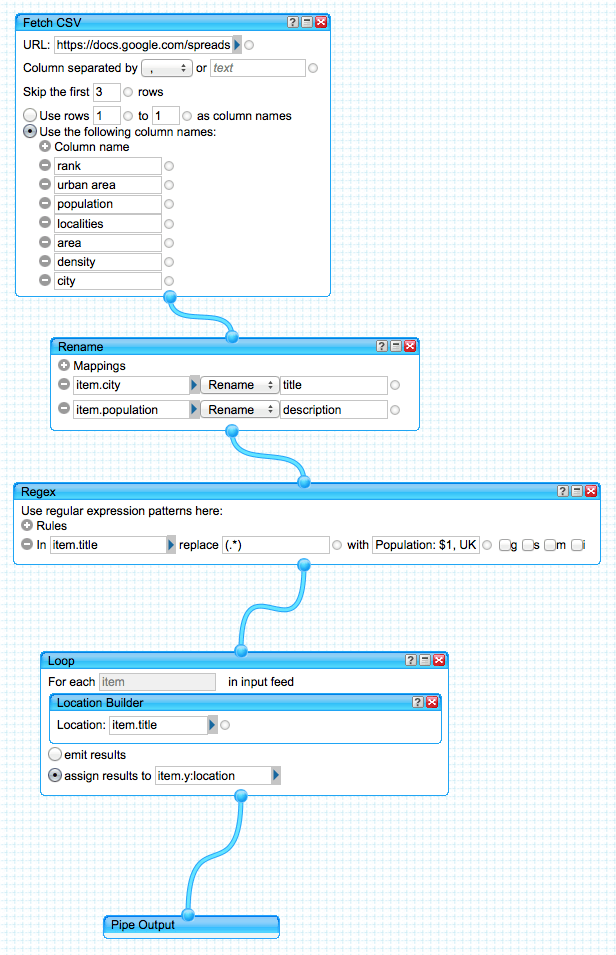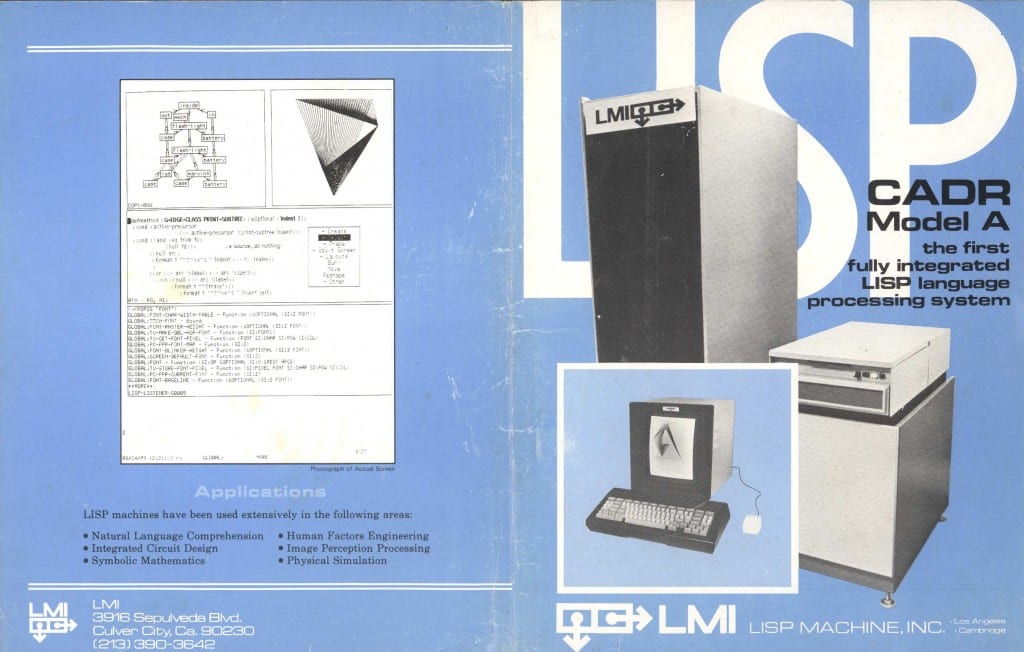At this time of year we have our annual appraisals, which involves looking back on what personal and professional objectives I set myself for last year. One of those ambitions was to work towards submitting a ‘PhD by Published Work’ in 2014. In that respect, I think I’ve failed to really complete anything substantial. In the last 12 months, I have spent most of my time running JISC-funded projects ((Since January 2011, I am/have been PI on DIVERSE, Orbital, ON Course, Bebop and Linkey.)) and, related to that, trying to develop the LNCD group here at Lincoln. It is good work, and I enjoy it, but unlike most academics who receive funding for research and/or development, I am not that interested in writing papers about the work I do day-to-day. Technology related projects, such as those funded by JISC, produce lots of academic, peer-reviewed papers, but it has never occurred to me to write about this side of my work in a systematic way. Perhaps this was because I joined the university having been an Archivist and Project Manager elsewhere, and outside academia, the accomplishment of the project is itself the objective and writing up papers doesn’t really factor into the work. Also, the projects I run day-to-day, while I enjoy them and think they are of value, don’t provide me with any sense of meaning or purpose in the world, which is the reason why I entered higher education as an undergraduate and post-graduate student. It has never occurred to me that my vocation and my efforts in higher learning, should or would ever coincide until a year or so ago when I was offered a permanent academic contract at Lincoln, rather than the fixed-term, non-academic contracts I had been on. Being ‘an academic’ is quite unique in that it does combine a lifetime of higher learning with a vocation, something I have been slow to put into practice over the last year.
I need to get out of this habitual way of thinking and start to make direct connections with my day-to-day work and my intellectual aspirations, eventually completing a PhD. It is not easy and I would appreciate any advice you might have. Looking over my blog this morning, of the 209 posts I’ve written since April 2008, I have categorised 58 of them being related to what I want to pursue for my PhD. Doing this has allowed me to try to find some sense of coherence to my work, which I will outline here for my own benefit and perhaps even for your interest.
The first period of those posts covers the time I spent thinking and writing about ‘resilient education‘ with Richard Hall. It began with a failed bid to JISC around business continuity within HEIs in the face of an energy crisis. One question that framed our work at this time was, “What will Higher Education look like in a 2050 -80% +2c 450ppm world?” Over a number of blogs posts, face-to-face conversations, workshops, a conference paper and, eventually a journal paper, we both felt that the imperative of economic growth and therefore the social relations of capitalism are the root cause of the crises we face in society and therefore in higher education, too. It was through conversations with my colleague Prof. Mike Neary, that I began to shift from viewing this problem as technological, economic and cultural, to one that is fundamentally historical and political. At first, I was drawn to ideas that have circulated for some time among environmentalists and ‘ecological economists’, such as that of a non-growth-based ‘Steady State’ economy and the work of the Transition movement. However, I remained unsatisfied with these liberal solutions to liberal capitalism. ((The idea of a ‘steady state’ can be found in one of the classical texts of Liberalism, John Stuart Mills’ Principles of Political Economy.)) Of course, such approaches have some practical merit, but I soon found them intellectually impoverished compared to the approach of critical political economy.
The most challenging, stimulating and useful scholarship I have read over the last couple of years has been by writers in the Marxist tradition of critical political economy: Writers such as Simon Clarke, Moishe Postone, Mark Neocleus, Harry Cleaver, and Mike Neary have provided me with a radically different way of understanding the world and the challenges society and therefore higher education faces. So far, I have attempted to use the methodological tools provided by this critical, scholarly tradition in one book chapter, which I remain dissatisfied with but nevertheless see it has a building block to something more mature. That piece of writing was, if you like, my research output from the ChemistryFM OER project that I ran. As well as my article with Richard Hall, I also co-authored an article with Mike Neary, both of which could be seen as a critique of my work on that OER project.
In terms of scholarly progress, I see now that the article I wrote with Richard Hall was the culmination of a period trying to address the first ‘research question’ of ‘What will Higher Education look like in a 2050 -80% +2c 450ppm world?‘ By the time the article was written (and certainly by the time it was published), we had both moved on and in my book chapter and article with Mike Neary, I was trying to critique the approach that Richard and I had taken in the earlier article, which makes a case for open education as an approach to developing a ‘resilient education’. Today, I do not think that openness as it is commonly understood and practised, will re-produce a more resilient, sustainable higher education as we commonly understand and practise it. There is much more to be said about this and in doing so, I shifted my emphasis to thinking about what openness means and how it is practised inside and outside higher education. One of the earliest and most influential expressions of openness can be found in hacker culture.
During this period (the last year or so), I have been interested in hackers, hacking and how student hackers can re-produce the university. One of the reasons I made this shift was because in my work day-to-day, I was managing JISC-funded technology projects and, influenced by Mike Neary’s work on Student as Producer, I was employing students and recent graduates to work with me on these R&D projects. During the course of this work, I was also appealing to university management to support a more formal collaboration among different departments at the university, which focused on the role of students in re-producing the university through their work on technology projects. The result of those committee papers and discussions was LNCD. Working closely with student hackers and more closely with the university developer community in general, I began to think about the history and practise of hacking. This work is on-going as I sketch out ideas on this blog. I began with a simple proposal that we should understand hacking as an academic practice, or rather as a development of the academic tradition. I developed this a little further in a short article for the Guardian, which reflected on hacking, Student as Producer and a student hacker conference that we organised at Lincoln with the DevCSI project, called DevXS.
The JISC projects, LNCD, the reflections on hacking and the DevXS conference were then written up in a case study commissioned by JISC on ‘institutional approaches to openness‘. The case study was called ‘Hacking the University’ and a similar version of it, along with an additional section by my colleague Dean Lockwood, will be published in a book next month.
As I continued in this vein, I began to think about hacking as both learning and as labour and tried to articulate this in a couple of blog posts about learning a craft and the university as a hackerspace. At that time, I thought that one intervention that I might make at Lincoln in trying to get students to challenge and re-produce ‘the university’ as an idea as well as a living institution, was to develop a course based on the model of hackerspaces and examine the work of hackers pedagogically in terms of a craft. I was also thinking about how funders like JISC could support this approach, too. This led me to look at popular models of funding, such as the ‘angel investment’ of Y-Combinator, which I am beginning to tie back into the history of hacking and the origins of venture capital in US universities. My two most recent posts in this area (here and here) have been sketches for an article I intend to write on the role of universities in the development of hacker culture. It’s only once I have examined and critiqued this aspect of hacker culture history that I feel I can move on to more substantive and specific questions relating to hacking, openness and freedom, and the relationship between students, universities and venture capital in producing a new form of vocationalism within higher education.
This is likely to form the major part of my PhD by publication but despite writing long reflections on this blog, it does not amount to anything that I can readily submit for the PhD. I have also neglected to apply any methodological critique to my recent writing about hackers and hacking and need to return to the central categories of Marx: e.g. value, fetishism, class struggle, alienation, each of which I see as central to the re-production of the work of hackers and hacking and therefore the role of the university.
I also feel that I am currently a long way from reconciling the projects that I do day-to-day and the critique of political economy that I have started. Last week, for example, I had a conference paper proposal accepted on an evaluation of CKAN for research data management. On the face of it, this paper would normally be a fairly straightforward critical appraisal of a piece of software and for the conference that is what I intend to write. But I know that I should take the opportunity to develop the paper into something more intellectually substantive and incorporate it into a negative critique of openness, open data and university research culture. Whatever I end up writing, I am going to ensure that from hereon, my time is spent bringing my writing together into a coherent PhD submission in two or three years time.
Finally, if you are interested, here is the section of university guidance that deals with ‘PhD by Published Work’ (PDF). There are a number of things I have to do between now and my submission, not least keep writing, but also seek clarification around the meaning of ‘a substantial contribution to the academic endeavour of the University’. Co-authored outputs are permissible, but I need to be much clearer on what the Faculty Research Degrees Board expect to be included. At the moment, I am assuming that only my book chapter on OER is submissible as part of the PhD. Not only that, but it is the only piece of writing that approaches the standard of intellectual work that I think I would want to submit. Of course, I could be persuaded otherwise… Nevertheless, I think I need to have four more pieces published in order to submit the PhD, as well as writing a a 5-10,000 word commentary. Expect updates on this blog as I work towards this and thanks for any advice you can offer.


